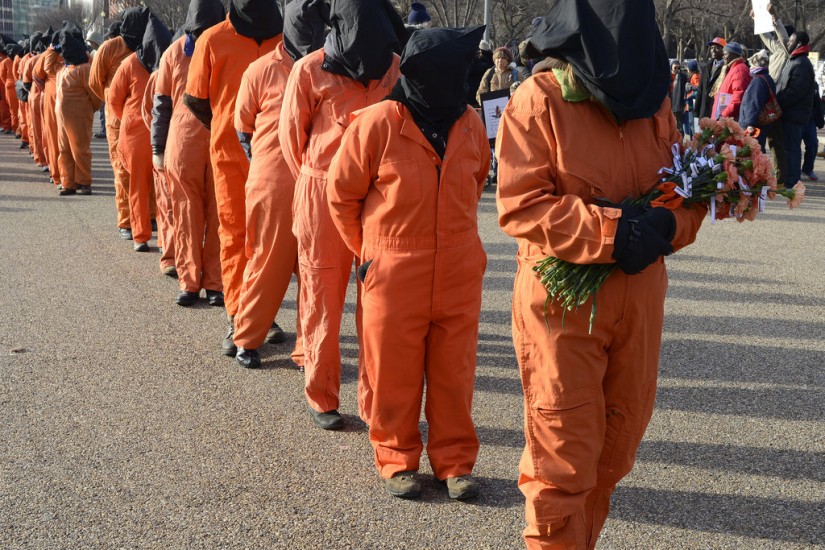In fact, when we, the public, just dig a little, it is obvious that much trauma takes place behind bars while we aren’t watching.
In a juvenile facility in Florida it is now clear that over the course of many decades in the 20th century, prison officials murdered scores of young boys. In facilities such as Rikers Island, young people today experience physical abuse and some have died in custody. And not just children, but vulnerable adults as well, suffer tremendously, and daily, because they are at the utter mercy of officials who don’t have to answer to the public.
Indeed, it is only when there is a particularly dramatic abuse, or a death that simply can’t be hidden, that the public gets any glimpse of what life on the inside is like for so many Americans.
It wasn’t until concern was raised about babies being born with brain damage that we learned that women are shackled during childbirth in our prisons. It wasn’t until brave health care professionals came forward that we learned about the many broken bones and internal injuries prisoners were suffering at the hands of their captors. It wasn’t until prisoners ended up dead with marks on their body indicating to outside coroners that they had been tortured that we knew about the traumas that the mentally ill are suffering in prison. And, sadly, it isn’t until we hear of cases being filed on behalf of children that we finally learn how many of them have suffered sexual and physical abuse and about how much emotional distress they suffer from being kept in utter isolation.
More recently, until journalist Nell Bernstein managed to get access to our nation’s juveniles facilities, the public was blissfully unaware of the alarming fact that “More than a third of youth reported that staff used force unnecessarily, and 30 percent said that staff placed them into solitary confinement as discipline,” or that the amount of physical forced used on children in these facilities is “staggering.”
